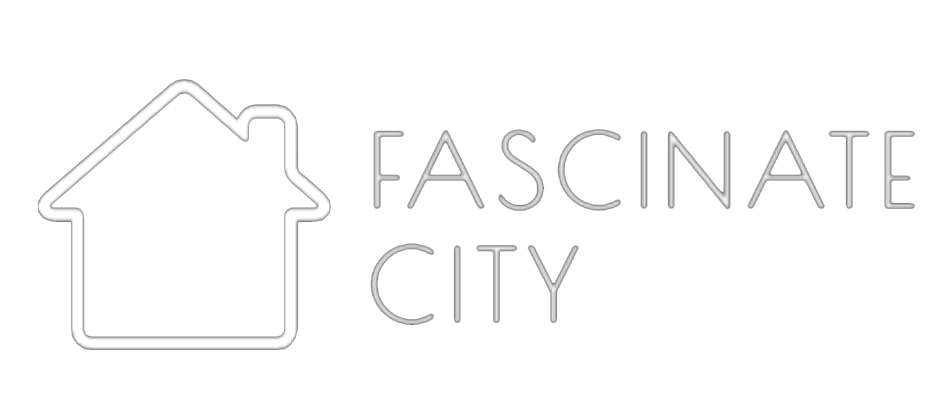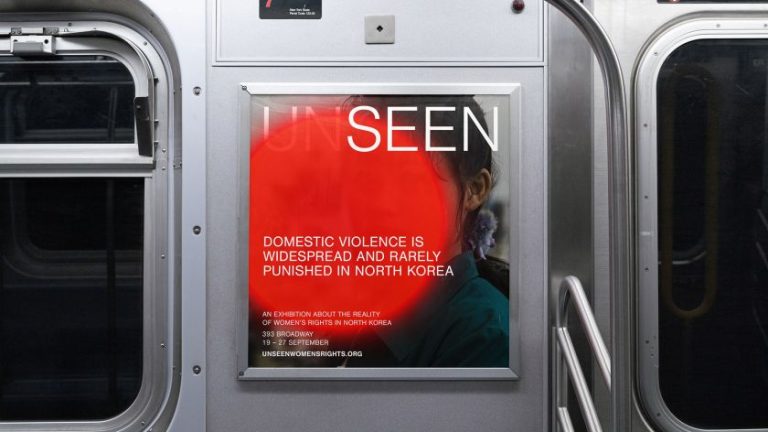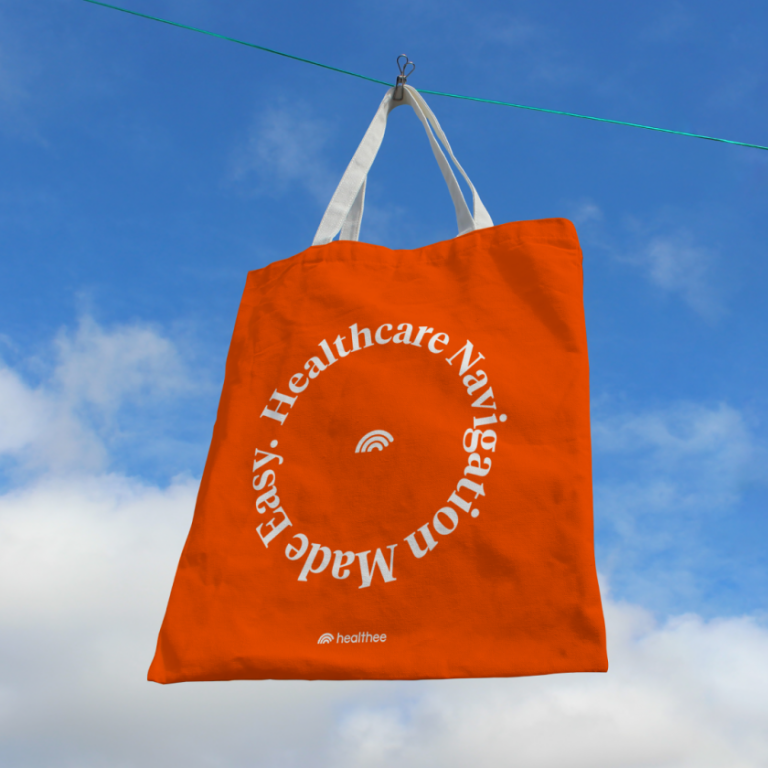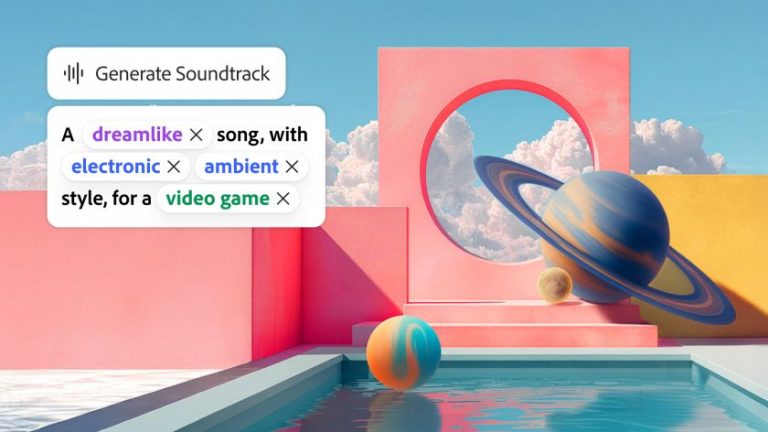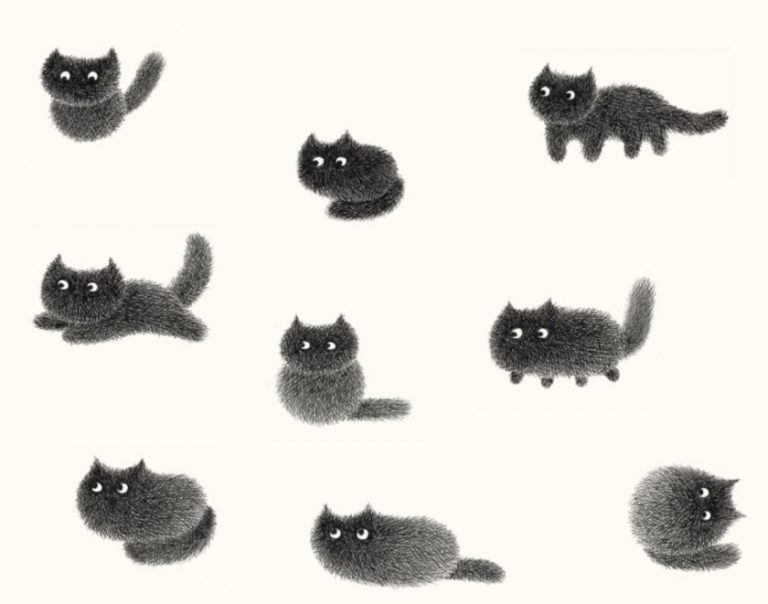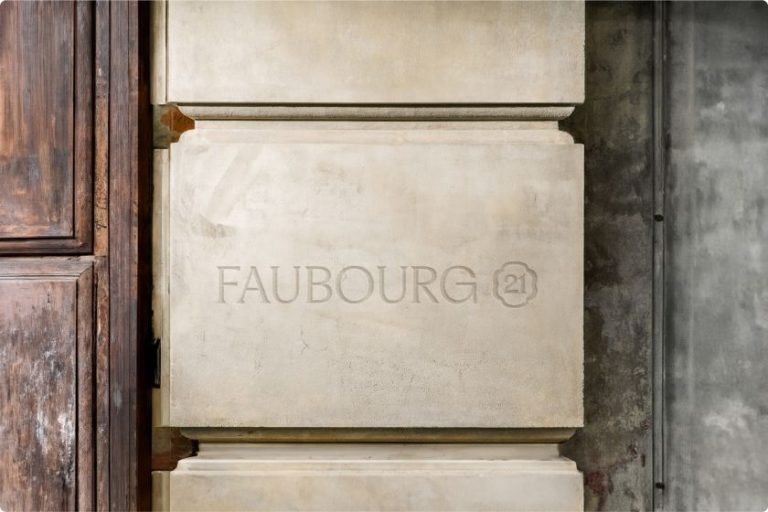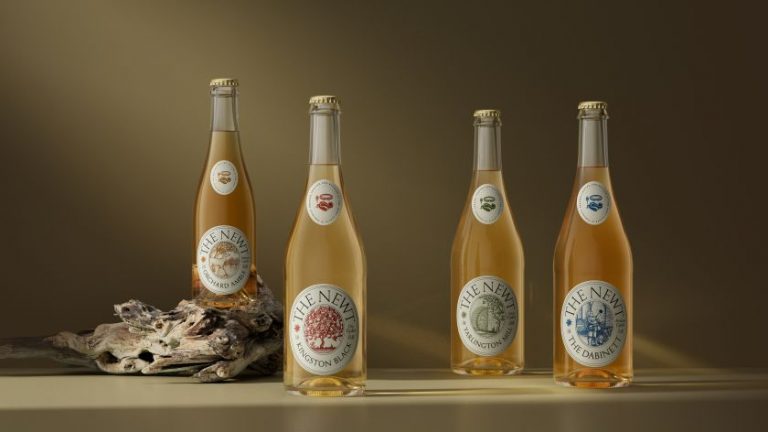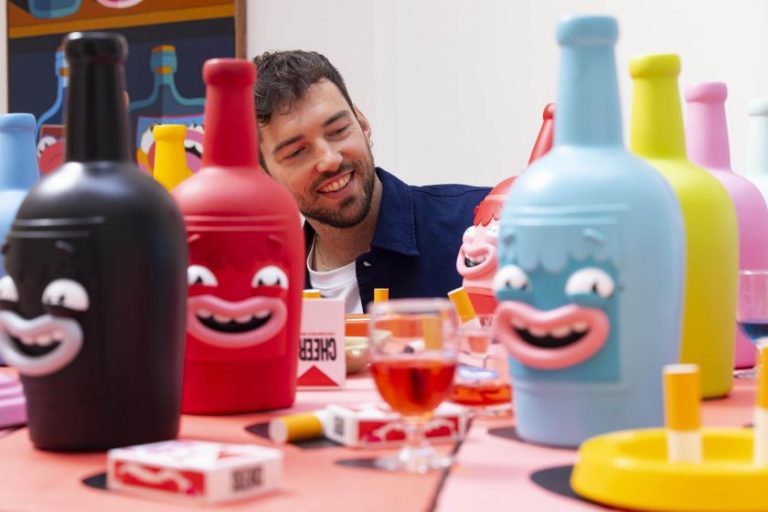Craft and The Great Exhibition brought the joy of a bouncy castle into the heart of Stockholm’s shopping district. Is this the future of retail?
In a world drowning in digital noise—and increasingly dominated by the siren call of Temu and its endless scroll of cheap goods—Swedish sportswear company Craft decided the answer wasn’t another Instagram campaign or a perfectly optimised web page. Instead, they inflated a bouncy castle and plonked it on a Stockholm high street.
Welcome to retail in 2025.
The inflatable store, titled the Walk the Sky Experience, launched this month on Hornsgatan in Stockholm, and it looked exactly as mad as it sounds. Imagine a bouncy castle crossed with a shoe shop, and you’re getting close.
There were no mirrors, no fitting rooms, and absolutely no trying on shoes in the traditional sense. Instead, for one day, customers bounced around inside a compressed-air environment, experiencing Craft’s Kype running shoe through pure physical sensation.
Retail is dying
Obviously, this was a gimmick. But it was also a statement about the state of our high streets, dressed up in the kind of playful rebellion that actually makes you want to visit a shop. “We are doing it to highlight the problem and, hopefully, be part of the solution, since we, too, depend on a thriving retail sector,” explains Niklas Moberg, head of brand at Craft.
The numbers back up the problem: retail vacancies in Stockholm are up more than 20 per cent this year. Meanwhile, our phone screens glow brighter with product images that lure us in with ever-more addictive game mechanics and discount schemes.
“Everyone says retail is dead,” their press release explained. “First, the malls killed the city stores; now the malls are dying too. At the same time, we live in a moment when physical experience has never been more important.”
So Craft and creative agency The Great Exhibition asked themselves a question: what would it actually take to make people want to visit a shop again? Not grudgingly. Willingly. With genuine excitement. The answer, apparently, was to remove all the boring bits and amplify the joy.
Campaign concept
Petter Kukacka, creative director at The Great Exhibition, explains the thinking behind ditching the traditional shoe-fitting experience. “We’ve been trying on shoes for years, but is it fun, or is it memorable?” he asks rhetorically. “We wanted to create something different, where people experience the shoe with their whole body. By bouncing around inside, you sense what the shoe is made for. It weighs only 198 grams, light as air. It’s not about testing fit, it’s about discovering the feeling of running on clouds.”
The Kype shoe itself is genuinely clever: a featherlight running trainer that the brand wanted to communicate through pure experience rather than product specs. But the bouncy castle framing is what makes this work. It’s ridiculous. It’s fun. It’s the kind of thing you text your mates about. It’s a reason to open a door that might otherwise stay closed.
“Everything about this project was a bit unconventional, from designing a quiet, inflatable structure that works indoors, to convincing partners that a ‘bouncy store’ could be more than a gimmick,” says Petter. “But the biggest challenge was perhaps also the most rewarding: keeping the balance between playfulness and purpose. It’s fun, yes, but it’s also making a statement about the future of retail.”
This is where the serious bit starts creeping back in. Cities are dying because nobody gives them a reason to visit any more. The high street needs more than shops; it needs events, experiences, and conversations. It needs doors that make you curious about what’s on the other side; whether that be brand activations in existing stores or art galleries in empty units.
“Cities thrive when people have reasons to step inside doors,” Petter stresses. “Right now, too many of those doors are closing. The crisis could be solved with art, and art can be anything. Design, creativity or imagination can turn a store visit into an event: something you tell your friends about, something you even make time for. That spark of curiosity and joy is what brings people back to the streets, and that energy spreads throughout the whole neighbourhood.”
So is this the future, or just a very elaborate one-off statement? “We see it as both,” replies Petter. “It’s a statement, but it also points towards a future where retail must reinvent itself. We don’t believe inflatable experiences are the future, but we do believe every store will need to create something you can’t get anywhere else: personal, creative, visual, whatever form it takes. This is just one simple way of showing how retail can be played with.”
